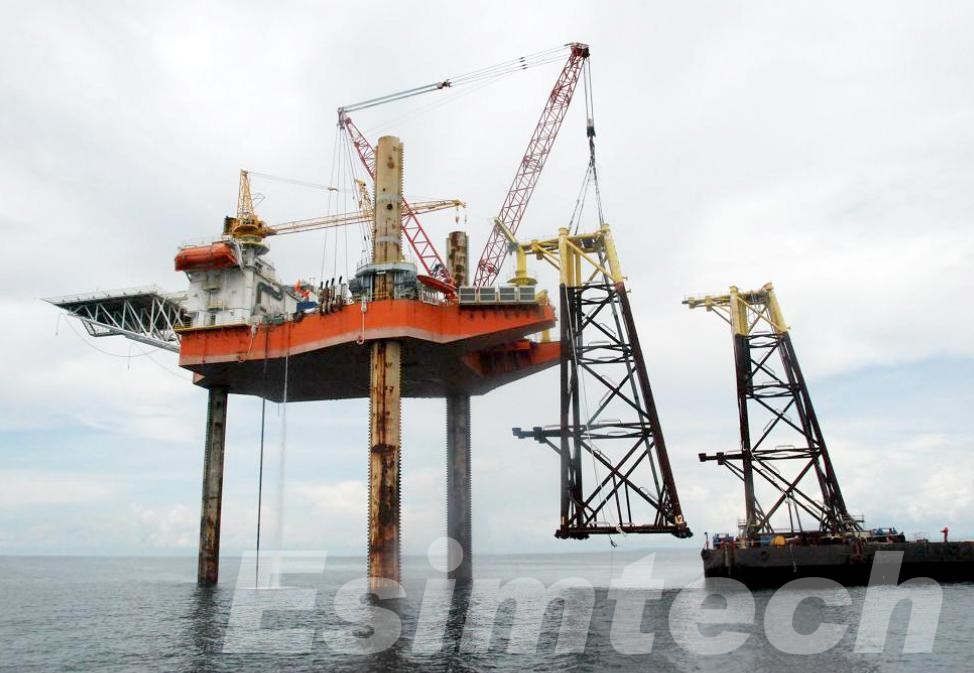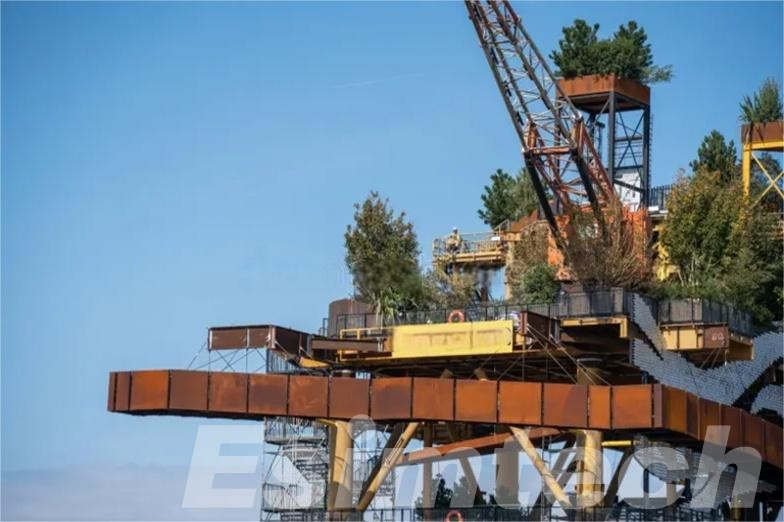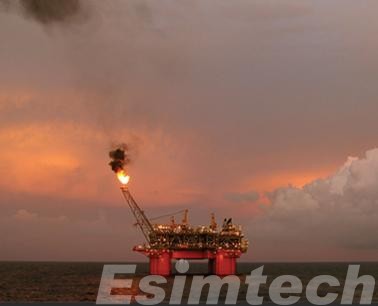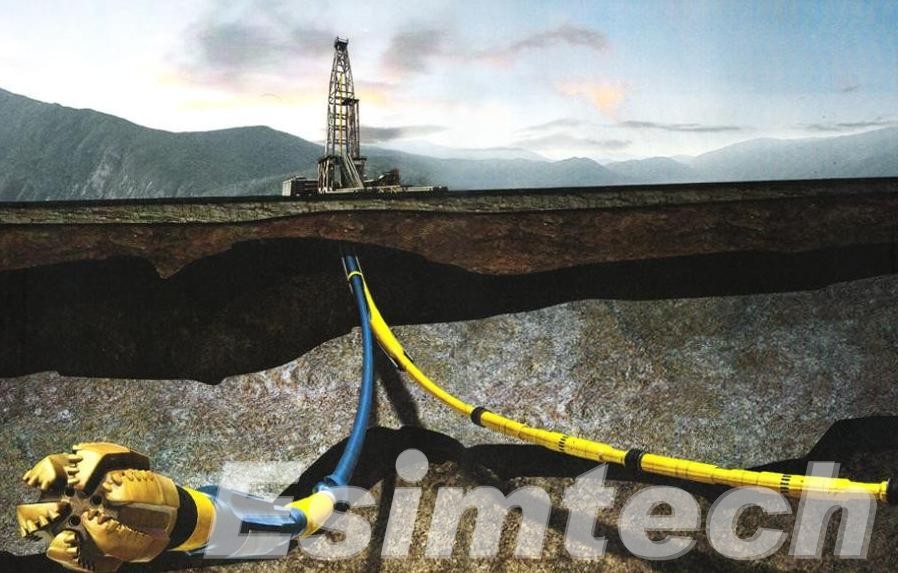Eco-Friendly Oil Rig Installation: Reducing Footprint with New Techniques
The oil and gas industry has long been associated with environmental concerns due to its effects on ecosystems, wildlife, and natural resources. With increasing demands for sustainable practices and new eco-friendly installation techniques of oil rig installations helping mitigate their harmful impacts, more eco-friendly drilling methods have emerged and ensuring less impactful offshore drilling operations. We discuss traditional oil rig installations‘ environmental footprint as well as emerging techniques being used today to minimize environmental damage. In this article, we investigate their environmental ramifications while outlining emerging practices used today to minimize harm.
The Environmental Impact of Oil Rig Installations
Oil rig installations, whether on land or offshore, have historically posed significant environmental challenges that demand sustainable solutions.
Land-Based Oil Rigs
Terrestrial drilling operations disrupt local ecosystems through habitat fragmentation, soil erosion, and groundwater contamination. The construction of access roads and drilling sites destroys vegetation and displaces wildlife. Additionally, chemical spills and improper wastewater disposal can pollute the surrounding soil and aquifers. Air pollution is another concern, with diesel-powered equipment and gas flaring releasing greenhouse gases and particulate matter into the atmosphere.
Offshore Oil Rigs
Marine drilling presents even greater ecological risks. The installation process disturbs seabed ecosystems, damaging coral reefs and benthic habitats. Drilling fluids, oil spills, and produced water discharges threaten marine life, while underwater noise pollution interferes with whales, dolphins, and other aquatic species. Offshore rigs also contribute to air pollution through emissions from vessels and platform operations.
Both land and offshore drilling face scrutiny for their carbon footprint and long-term environmental degradation. However, advancements in eco-friendly drilling technologies are helping mitigate these impacts, ensuring more sustainable energy extraction methods for the future.

Evolution of Eco-Friendly Oil Rig Installation Techniques
The oil and gas industry has undergone dramatic change over the years, moving away from traditional drilling methods towards more environmentally-friendly oil rig installation practices. This transformation is being led by three major factors:
Governments and international bodies have instituted stringent environmental regulations on offshore drilling to safeguard marine ecosystems, prompting companies to adopt cleaner technologies.
Corporate Sustainability Commitments – Energy firms are increasingly prioritizing ESG (Environmental, Social and Governance) goals and investing in greener solutions in order to decrease their carbon footprint.
Technological Innovation – Recent advances in engineering, materials science, and digital modeling have made eco-friendly drilling both feasible and cost-effective.

From Conventional to Green: A Timeline of Change
- Early 2000s: The industry relied heavily on conventional drilling with minimal environmental safeguards in place. Spills, seabed disruption, and chemical pollution were common concerns.
- 2010s: After the Deepwater Horizon disaster (2010), demand increased for safer and more sustainable drilling methods. Companies began testing low-impact drilling fluids, directional drilling methods, and improved spill containment systems.
- 2020s: Cutting-edge solutions such as AI-powered oil rig installation animation, modular rigs, and biodegradable materials have become industry standards, drastically reducing ecological harm.
Today, eco-friendly oil rig installation has gone beyond being a niche concept–it has become an indispensable reality. The next frontier will feature fully electric rigs with carbon-neutral drilling practices as well as AI-driven environmental monitoring to further mitigate environmental impacts.
Key New Techniques in Eco-Friendly Rig Installation
As the oil and gas industry moves toward sustainability, innovative methods are being implemented to reduce the environmental impact of rig installations. Below are some of the most effective eco-friendly oil rig installation techniques being used today:
Oil Rig Installation Animation
Advanced 3D and 4D oil rig installation animation allows engineers to visualize and optimize drilling operations before breaking ground. These simulations help identify the most efficient rig placement, reducing unnecessary seabed disturbances. By testing different scenarios virtually, companies can minimize environmental risks, avoid sensitive marine habitats, and improve operational safety. Animation also aids in training crews, ensuring smoother real-world execution. This proactive approach cuts down on costly errors, reduces waste, and ensures compliance with environmental regulations, making it a crucial tool for sustainable offshore drilling.

Low-Impact Drilling Methods
Modern drilling technologies greatly minimize environmental harm. Directional drilling allows multiple wells to be drilled from one platform, minimizing seabed disruption; casing drilling integrates drilling and casing at once for reduced leak risk and waste; Managed Pressure Drilling (MPD) maintains precise wellbore pressure to avoid blowouts or fluid spillage – these methods increase efficiency while protecting marine ecosystems; these low-impact methods also enable companies to meet both regulatory standards and sustainability goals by responsibly extracting resources responsibly.
Modular and Prefabricated Rigs
Modular oil rigs are built onshore in prefabricated sections before being assembled offshore, which reduces noise pollution, marine habitat disruption, installation time, risk of spills or emissions offshore, and upgrade/reuseability costs over the long run – ultimately making offshore drilling more sustainable. By switching to prefabricated rigs instead, the offshore drilling industry can achieve faster project completion, lower costs, and reduced environmental footprint, thus making its drilling activities more sustainable.
Eco-Friendly Drilling Fluids and Materials

Traditional drilling fluids contain harmful chemicals, but eco-friendly alternatives are evolving quickly. Water-based and biodegradable drilling muds break down naturally after spills occur; plant-based lubricants have replaced petroleum-derived additives to cut pollution; while components made from recyclable or biodegradable materials minimize waste production while protecting marine life while simultaneously optimizing drilling efficiency. By adopting green drilling fluids and sustainable materials companies can meet environmental regulations while showing their commitment to eco-conscious energy production while aligning with environmental regulations while showing commitments demonstrating commitments towards sustainable energy production.
Benefits of Eco-Friendly Oil Rig Installation
Sustainable oil rig installation offers numerous advantages for both energy companies and the environment. By adopting low-impact techniques, companies can reduce ecological damage while simultaneously increasing operational efficiency and long-term viability.
- Reduced Environmental Damage: Eco-friendly methods like directional drilling, modular rigs, and biodegradable fluids reduce environmental damage through minimal seabed disruption, reduced toxic spills, and lower emissions – protecting marine ecosystems, biodiversity, and meeting stricter environmental regulations.

2. Cost Savings & Operational Efficiency: Although investing in sustainable technologies requires upfront expenditure, their long-term benefits far outweigh them. Fewer spills result in reduced cleanup expenses while optimized drilling reduces wasted resources. Techniques like 3D Rig Installation Animation can prevent costly errors, while prefabricated rigs speed up project timelines.
3. Improved Safety & Risk Mitigation: Advanced methods such as Managed Pressure Drilling (MPD) have significantly decreased blowout risks, protecting workers and marine environments. Consequently, accidents decrease significantly which results in lower insurance premiums and legal liabilities for contractors.
4. Strengthened Corporate Reputation & Compliance: Companies adopting green drilling practices gain favor among regulators, investors, and environmentally-minded consumers. Showing commitment to sustainability enhances brand image while helping secure permits for future projects.
5. Future-Proofing the Industry: With global demand for cleaner energy solutions increasing, sustainable oil rig installations ensure the oil sector remains viable amidst shifting regulations. By investing in eco-friendly innovation now, companies are setting themselves up for a low-carbon future.
By prioritizing environmentally sustainable drilling practices, the drilling industry can strike a balance between productivity and global health–ensuring both economic success and ecological protection.
Key Takeaways
Traditional oil rig installations have a significant environmental impact, but new techniques are helping to minimize this harm. Key innovations in eco-friendly oil rig installation include the use of animation for better planning, low-impact drilling methods, modular rigs, and biodegradable materials. These advancements lead to reduced environmental damage, cost savings, improved safety, and better public perception. As the industry continues to evolve, further developments in eco-friendly installation techniques will play a crucial role in shaping a sustainable future for offshore oil and gas operations.
